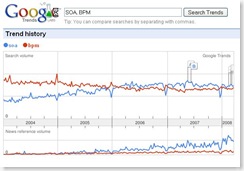E' stata rilasciata la nuova 6.1Teamworks.
la nuova 6.1Teamworks.
Eccone le novità:
Reports: la nuova release permette di generare reports ad-hoc e condividerli direttamente dal portale utenti, non è più indispensabile creare il report dall’Authoring Environment.
Express Installer: la nuova express installer permette di installare Teamworks più velocemente e non richiede requisiti software specifici. Non è la versione da utilizzare “in produzione” e installa JBoss e Microsoft SQLServer Express.
Web Services Connector: nuovi “connettori” in aggiunta a quelli esistenti nelle precedenti versioni. Lombardi continua a collezionare e testare nuovi WSDLs non appena sono disponibili e li mette a disposizione degli utenti per assicurarsi che questi siano in grado di utilizzare i web-service standard presenti in Teamworks.
Coach Document Attachments: la nuova release permette di gestire più facilmente gli allegati, sia in fase di disegno (drag & drop) sia in fase di utilizzo e condivisione dal portale.
Coach Layout Controls: più flessibilità e semplicità nella creazione delle coach, nell’assegnazione delle variabili, possibilità di allineare i pulsanti, inserire la lunghezza massima dei testi etc..
 Process Monitor: la funzionalità di process monitor permette, agli utenti abilitati, di stoppare il processo, sia in fase di sviluppo che di produzione, quando si verifichi un errore nel processo.
Process Monitor: la funzionalità di process monitor permette, agli utenti abilitati, di stoppare il processo, sia in fase di sviluppo che di produzione, quando si verifichi un errore nel processo.
Route to List of Users: molti clienti hanno processi che indirizzano In Teamworks 6.1 un processo può essere assegnato ad una lista di utenti appartenenti ad un gruppo I task verso gruppi di utenti mutevoli. Qualche cliente non è in grado di gestire gli attributi degli utenti per definire i gruppi di lavoro..
SQL Connector: è più semplice di prima la modellazione di un processo che si connette a un database, i services sono comprensivi di database interaction, incluso il supporto per la parametrizzazione delle query. Questi services possono automaticamente mappa re i risultati di una query.
re i risultati di una query.
Error Handling: maggiori e più dettagliate informazioni evidenziate nel debug per gestire e rimediare a errori di modellazione.
Support for WebSphere XD: per i client che gestiscono le ultime potenzialità J2EE di IBM, Teamworks supporta IBM WebSphere Extended Deployement Operations Optimization Version 6.1.0 Fix Pack 1.
























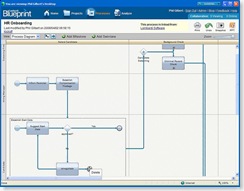

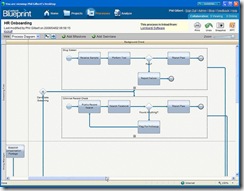

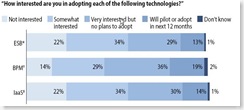

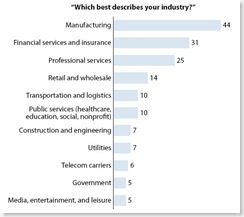 progetto BPM.
progetto BPM.


